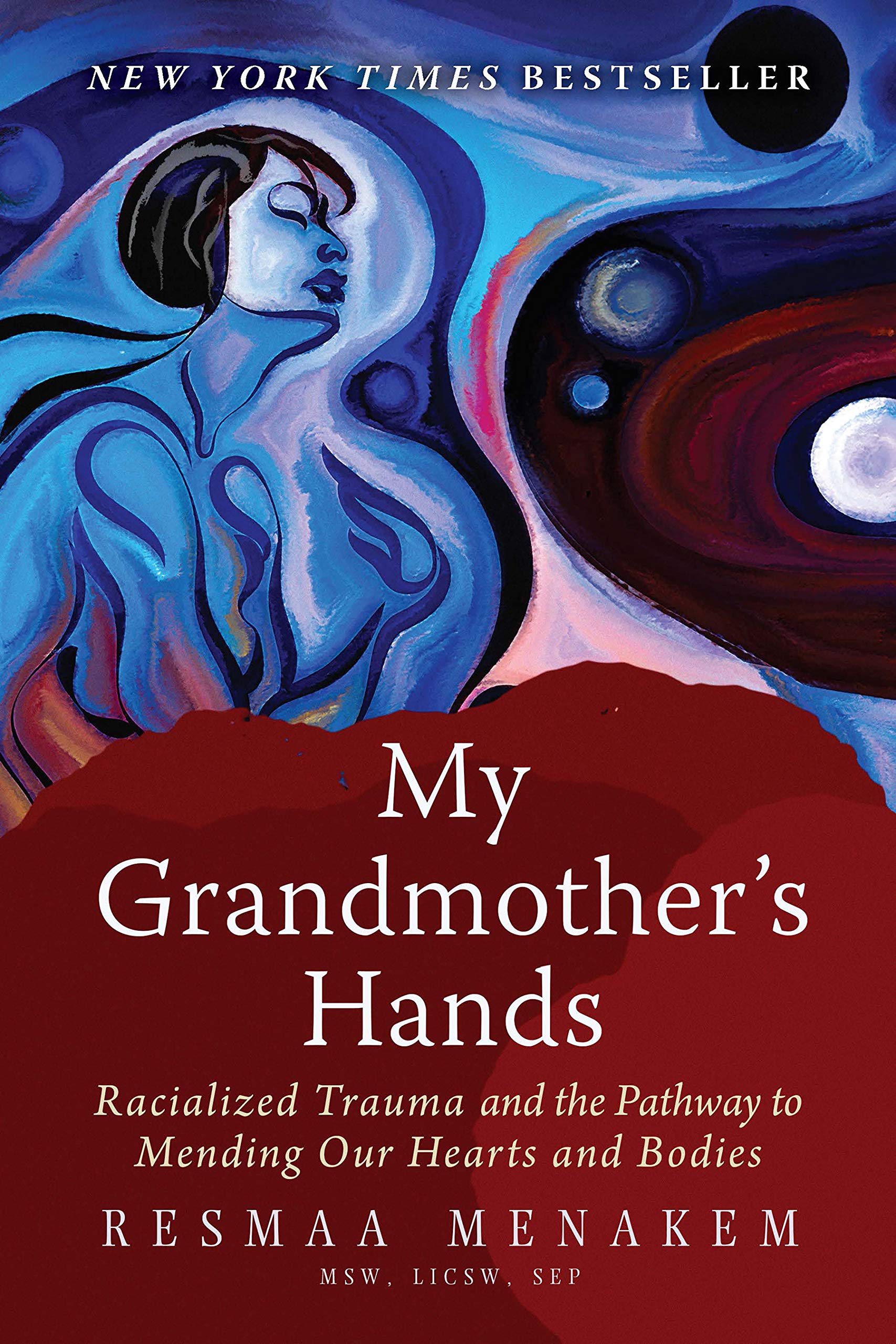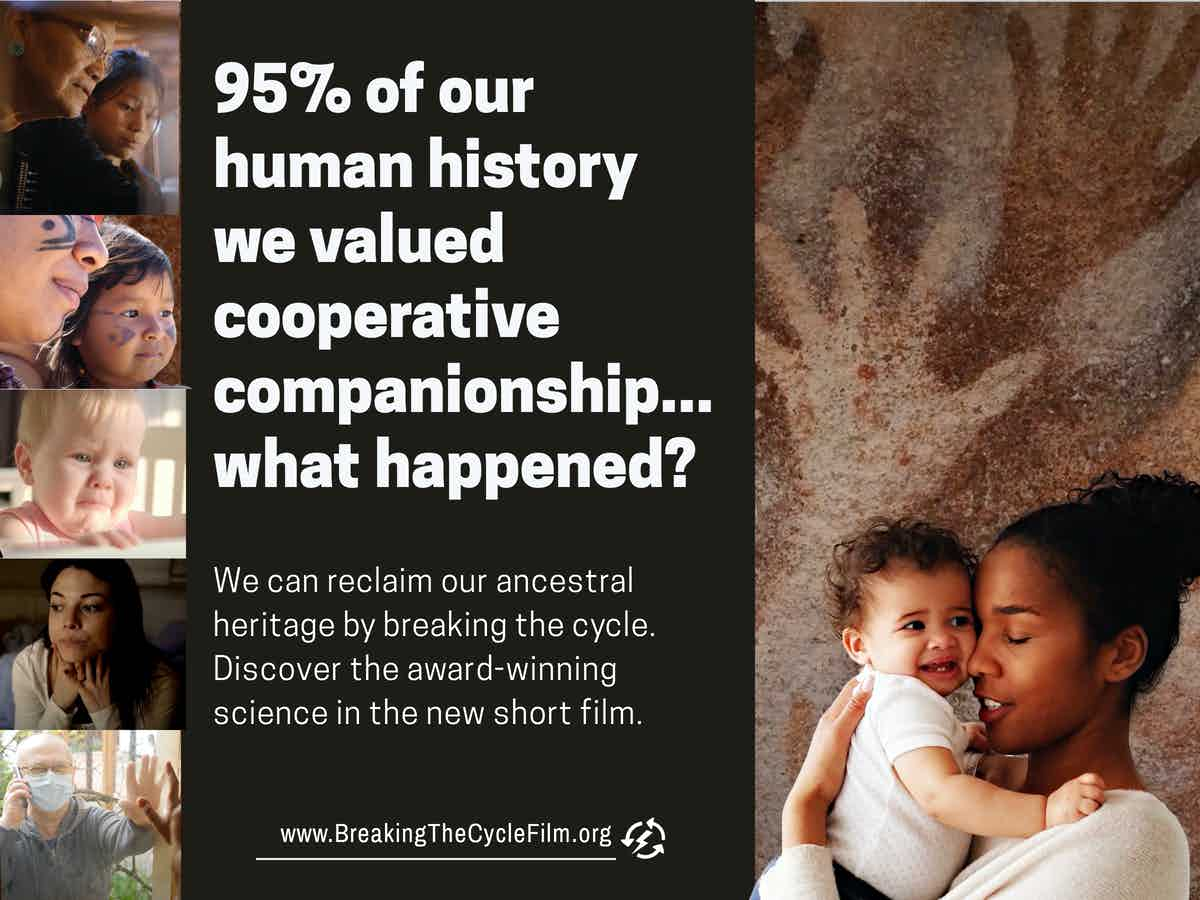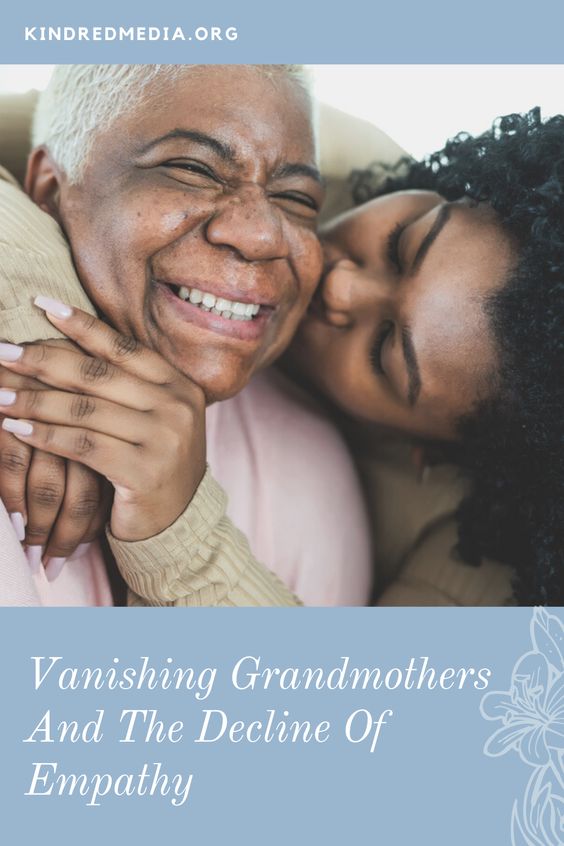Soul Wounds: Trauma-Informed Healing For Whites, Blacks, And Police
Healing our trauma is not our fault but is in our hands.
KEY POINTS
- We all have trauma in our bodies.
- Healing is uncomfortable but refusing to heal is more painful.
- US culture has mythologized the supremacy of White bodies.
- Police officers can heal their trauma instead of reacting with fear to perceived threat of Black bodies.
The Tulsa massacre and devastation of “Black Wall Street” by a White mob, including with fire bombs dropped from private planes, is an extreme example of how US history is riddled with racialized traumatic events. Racialized trauma is also in our bodies.
In his book, My Grandmothers Hands: Racialized Trauma and the Pathway to Mending Our Hearts and Bodies, Resmaa Menakem offers a trauma-informed, resilience-promoting guidebook. He addresses racialized trauma in people with white skin, those with dark skin as well as police officers, directing material toward each group as well as all Americans.
He calls the vagus nerve the soul nerve. It is connected to the parts of our brain that does not use logical reasoning but nevertheless navigates our way in the world—what he calls the lizard brain, which is reflexively self-protective.
Trauma is nothing to be ashamed of. Trauma is not a weakness or flaw but the body’s effective tool to keep us safe and surviving. Trauma is not an event but the reflexive response our body has to a shocking event. “In the aftermath of highly stressful or traumatic situations, our soul nerve and lizard brain may embed a reflexive trauma response in our bodies. This happens at lightning speed.” (p. 7) Trauma will manifest itself as some combination of pain, fear, anxiety, dread, reactive behaviors or constriction that are rooted in our flight-fight-freeze-faint stress response system (e.g., running, shooting, withdrawing, numbing, respectively). Each person’s trauma response will be unique. The conscious, logical mind cannot talk the trauma out of the body. Unhealed, the trauma can get stuck in the body, making us reactive to triggers of the trauma lifelong (trauma retention). These can be passed down to the next generation, passed to other people, communities and cultures.
Sometimes individuals reenact the situation. In the original situation, the individual was unable to respond, was helpless in some way, and their counter behavior was thwarted. Healing can come about when the individual has a chance to complete the action in reality or in the imagination.
Cultural and Intergenerational Trauma
Soul wounds come about through family mistreatment, abusive institutions, systems or cultures, or even through our genetic and epigenetic inheritance of traumatized ancestors.
Menakem points out that most all of us have unresolved trauma based on “white-body supremacy” that has been passed on through generations. Cultural and intergenerational body-to-body trauma (e.g., brutal treatment of children and criminals, torture as sport) occurred in Europe for centuries before Europeans spread it around the world through colonization, including bringing it to the USA. Many Europeans were refugees from the widespread brutality in England and passed trauma to their descendants and the culture of their communities in the “new world.”
In the USA, as part of the elite Whites’ manipulation of poor Whites to keep from continuing to rebel together with Blacks to unfair treatment, elites made the black body to be a fearful thing, dirty, impervious to pain, almost invulnerable and hypersexual—something to be controlled however necessary. Poor Whites could feel superior to Blacks and work to keep them in their place. Maintaining white-body supremacy offers a sense of belonging. As a result of myths about black bodies, they trigger white bodies into constriction, fear, hate—based on whatever trauma the individual has retained—making him feel fragile (white fragility).
If the individual does not heal trauma, they will pass it on, “blow it through” others. Traumatic reactions are quick, as can be seen in the reactions of police officers to innocent movements in citizens. He uses police actions illustrations throughout the book. Incident after incident shows that officers reacted to a situation without thought but with fear, shooting White and Black citizens without meaning to do so.
Menakem distinguishes dirty pain from clean pain. “Dirty pain is the pain of avoidance, blame, and denial” (p. 20). It leads to cruelty, violence, or dissociation, creating more pain for self and others. Clean pain “hurts like hell” but “mends and can build your capacity for growth” (pp. 20, 19). It is based in courage to feel or to do something with vulnerability. Here are five anchors for experiencing clean pain in a particular situation:
- Soothe yourself—mind, heart and body.
- Notice your body’s reactions.
- Accept discomfort.
- Stay present in your body.
- Safely discharge the energy that remains (exercise, dance, physical labor, whatever safe activity your body desires). Officers will retain trauma from violent encounters unless they have some way to release the energy.
Menakem describes three kinds of racialized trauma: in white bodies, black bodies and in the bodies in police officers. He contends that a key factor in the ongoing white-body supremacy is the refusal of individuals and collectives “to experience clean pain around the myth of race. Instead, usually out of fear, they choose the dirty pain of silence and avoidance and, invariably, prolong the pain” (p. 20).
Trauma Healing
Each person needs to metabolize their trauma, to work through and out of it with their bodies, not just their conscious thinking mind. Trauma healing needs to be done slowly, perceiving the body’s reactions, learning to calm or settle. Group healing is also important. Activities for groups that trust others include humming, singing, rocking, folk dancing, massaging hands or feet, breathing deeply together in silence.
Routine (sometimes daily) group and individual healing practices are part of humanity’s heritages (part of our evolved nest), found among nomadic foraging communities like the San Bushmen who have existed for over 150,000 years (Suzman, 2017).
The book is full of self-healing exercises for white bodies, black bodies and police officers (he has worked with police units and his brother is an officer). Initial steps are to slow down, observe body reactions, and use techniques to help the body settle. “A grown-up response to trauma is to heal it, not to blow it through other bodies—or blow holes in other bodies” (p. 123)
The aim is resilience: “not a thing or an attribute, but a flow. It moves through the body, and between multiple bodies when they are harmonized. It is neither built nor developed; it is taken in and expressed as part of a larger relationship with a family, a group, a community, or the world at large.” (p. 51) Resilience blunts future wounding, creating more room for growth and development.
References
Menakem, R. (2017). My Grandmothers Hands: Racialized Trauma and the Pathway to Mending Our Hearts and Bodies. Las Vegas: Central Recovery press.
Suzman, J. (2017). Affluence without abundance: The disappearing world of the Bushmen. New York: Bloomsbury.




